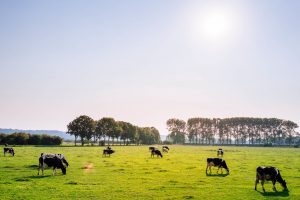 The White House Council on Environmental Quality (CEQ) recently released an intriguing report on how the United States can transition to a low-carbon economy by 2050 while continuing economic growth. The report gives a starring role in this job to agricultural lands.
The White House Council on Environmental Quality (CEQ) recently released an intriguing report on how the United States can transition to a low-carbon economy by 2050 while continuing economic growth. The report gives a starring role in this job to agricultural lands.
“Mid-Century Strategy for Deep Decarbonization” outlines a 3-pronged strategy for reducing greenhouse gas emissions by 80 percent while accelerating job-creating innovation. Calling each strategy “critical,” CEQ first lists the familiar call to transition to renewable and low carbon forms of energy.
The second key strategy, however, is less often discussed: the potential of cropland and grassland soils, as well as forests, to store and sequester hundreds of millions of tons of CO2 annually. The report – informed by decades of scientific research – describes the opportunities to explore in this area. Read More










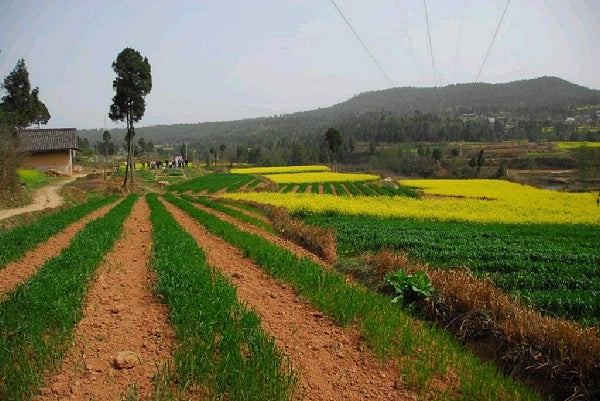
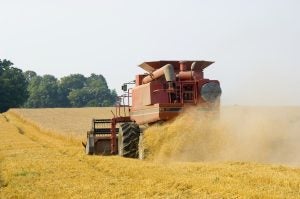 Journalist Michael Pollan deserves credit for elevating the national conversation about food. Over the course of 25 years, his articles and books have thoughtfully contemplated the troubling side effects of the American diet and the way our food is produced.
Journalist Michael Pollan deserves credit for elevating the national conversation about food. Over the course of 25 years, his articles and books have thoughtfully contemplated the troubling side effects of the American diet and the way our food is produced.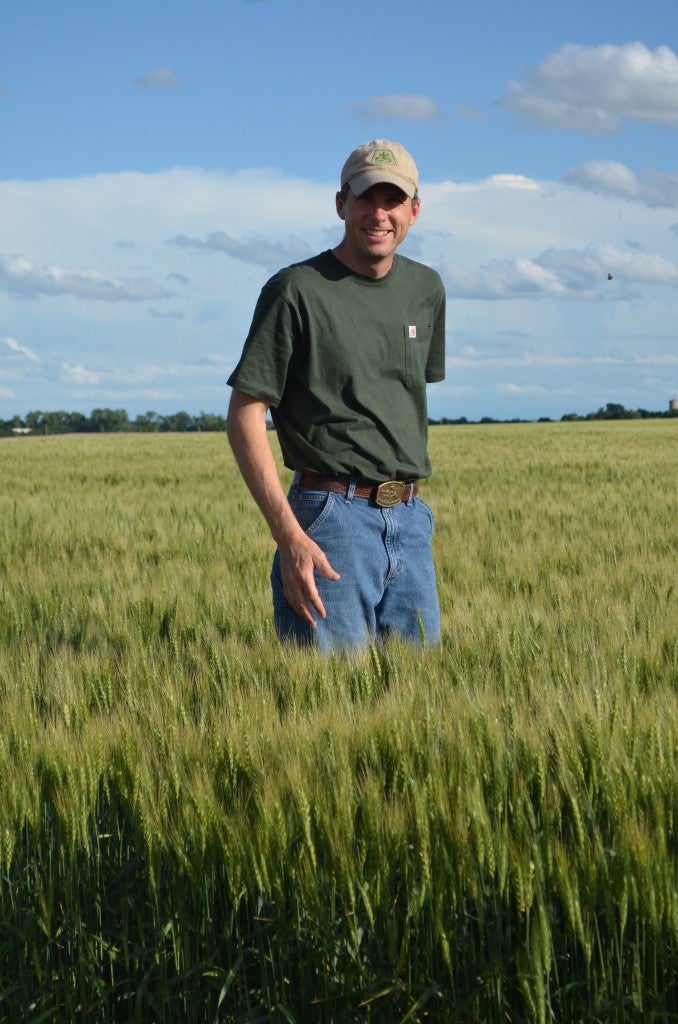 I first met Justin Knopf at a meeting in DC about five years ago. At 6’3”, he definitely stood out, but not just physically. He openly conveyed how important his family and his land are – the reason he cares so much about making sure his Kansas farming operation can live on is for his children. It’s rare to meet someone so articulate, sincere and committed to sustainability.
I first met Justin Knopf at a meeting in DC about five years ago. At 6’3”, he definitely stood out, but not just physically. He openly conveyed how important his family and his land are – the reason he cares so much about making sure his Kansas farming operation can live on is for his children. It’s rare to meet someone so articulate, sincere and committed to sustainability.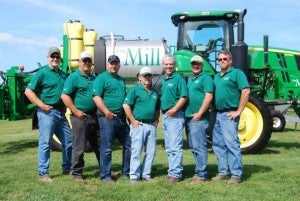 Land O’Lakes SUSTAIN® platform – a powerful tool that can make a real impact in improving regional water quality — is coming to the Chesapeake Bay.
Land O’Lakes SUSTAIN® platform – a powerful tool that can make a real impact in improving regional water quality — is coming to the Chesapeake Bay.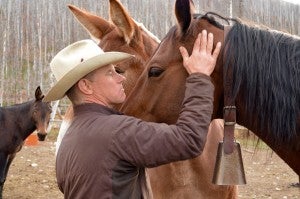
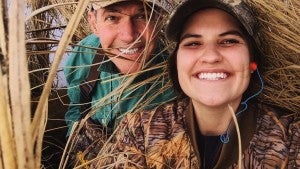
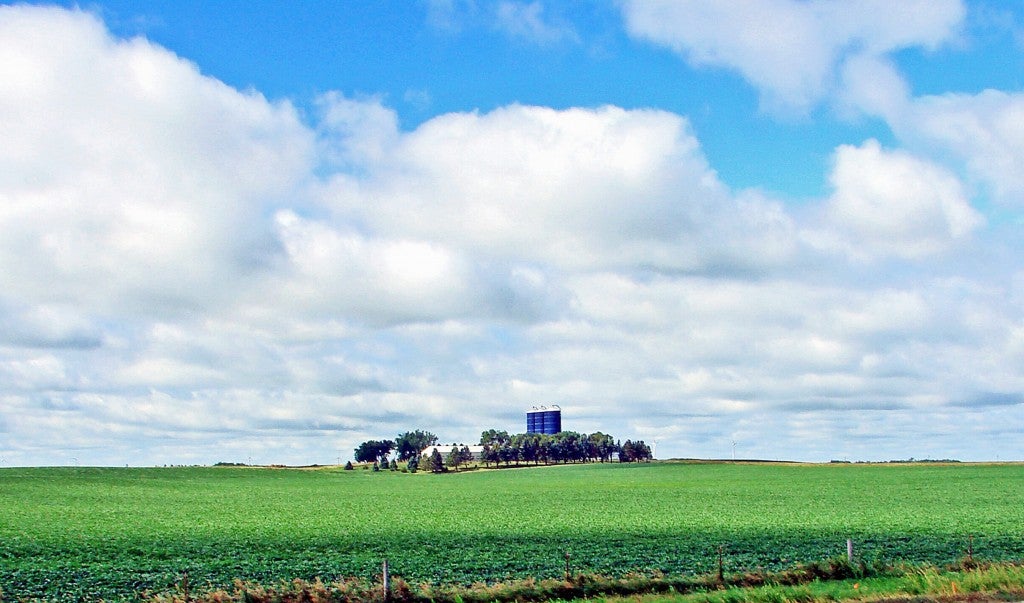
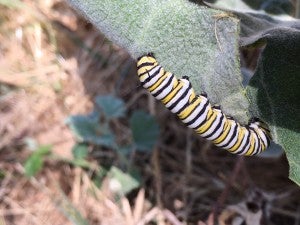
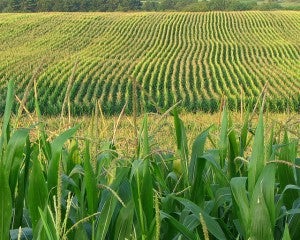 The Paris Climate Agreement included a special emphasis on food security and the threats it faces from extreme weather events. Despite only brief mentions of agriculture in the preamble to the agreement itself, a recent
The Paris Climate Agreement included a special emphasis on food security and the threats it faces from extreme weather events. Despite only brief mentions of agriculture in the preamble to the agreement itself, a recent